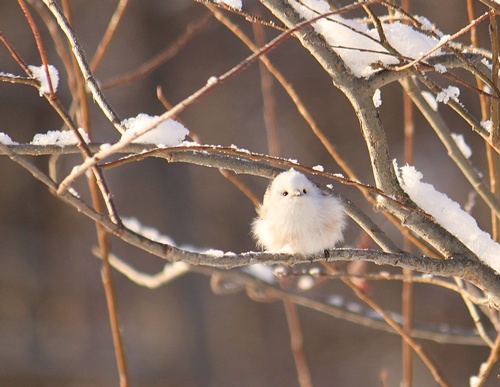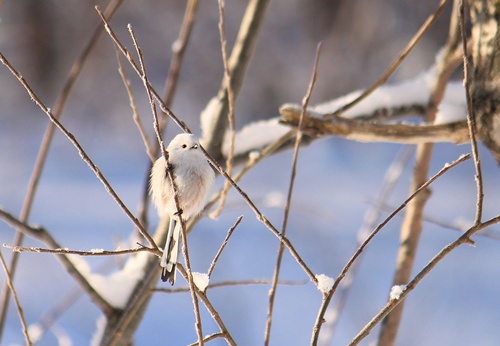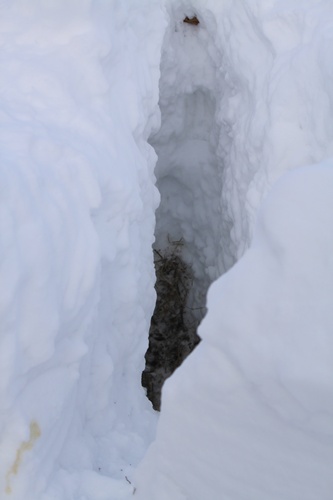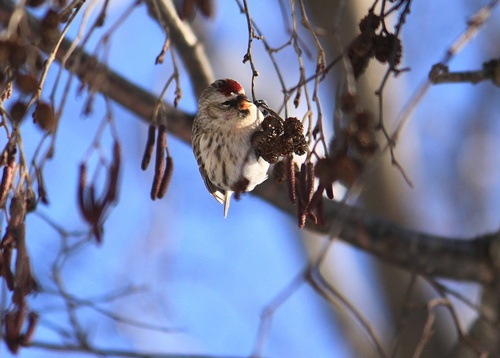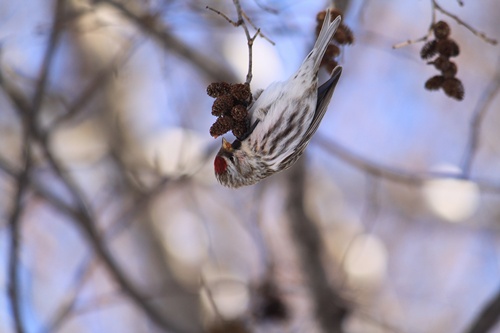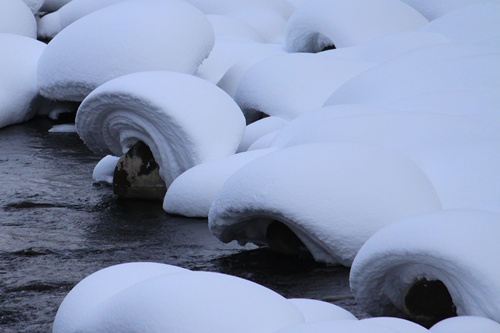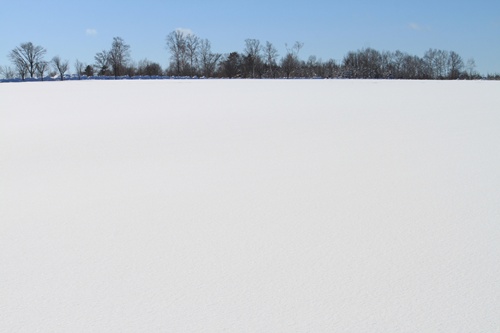I always think this is an adorable bird, with its round body and shoe-button eyes.
It is one species that enchants me every time I see it.
And I find its song, which sounds something like “chururi, chururi” and “chi, chi, chi,” to be positively delightful.
Aegithalos caudatus males that could not find a mate and pairs that failed to reproduce are known to help others of their species care for their young. Thus, they are not just cute; they are also “kind.”
Photos: Aegithalos caudatus Jan. 23
It is one species that enchants me every time I see it.
And I find its song, which sounds something like “chururi, chururi” and “chi, chi, chi,” to be positively delightful.
Aegithalos caudatus males that could not find a mate and pairs that failed to reproduce are known to help others of their species care for their young. Thus, they are not just cute; they are also “kind.”
Photos: Aegithalos caudatus Jan. 23
